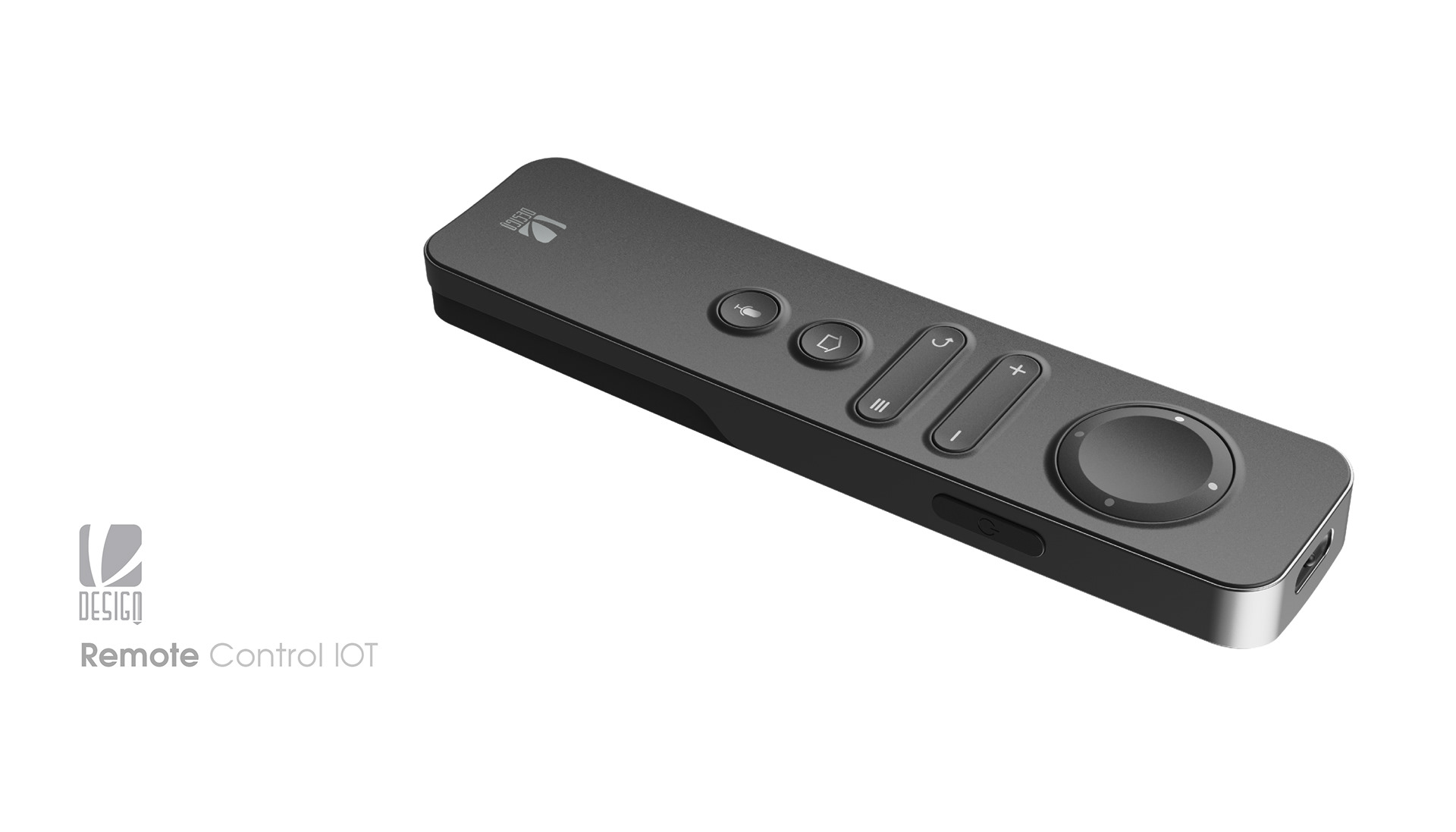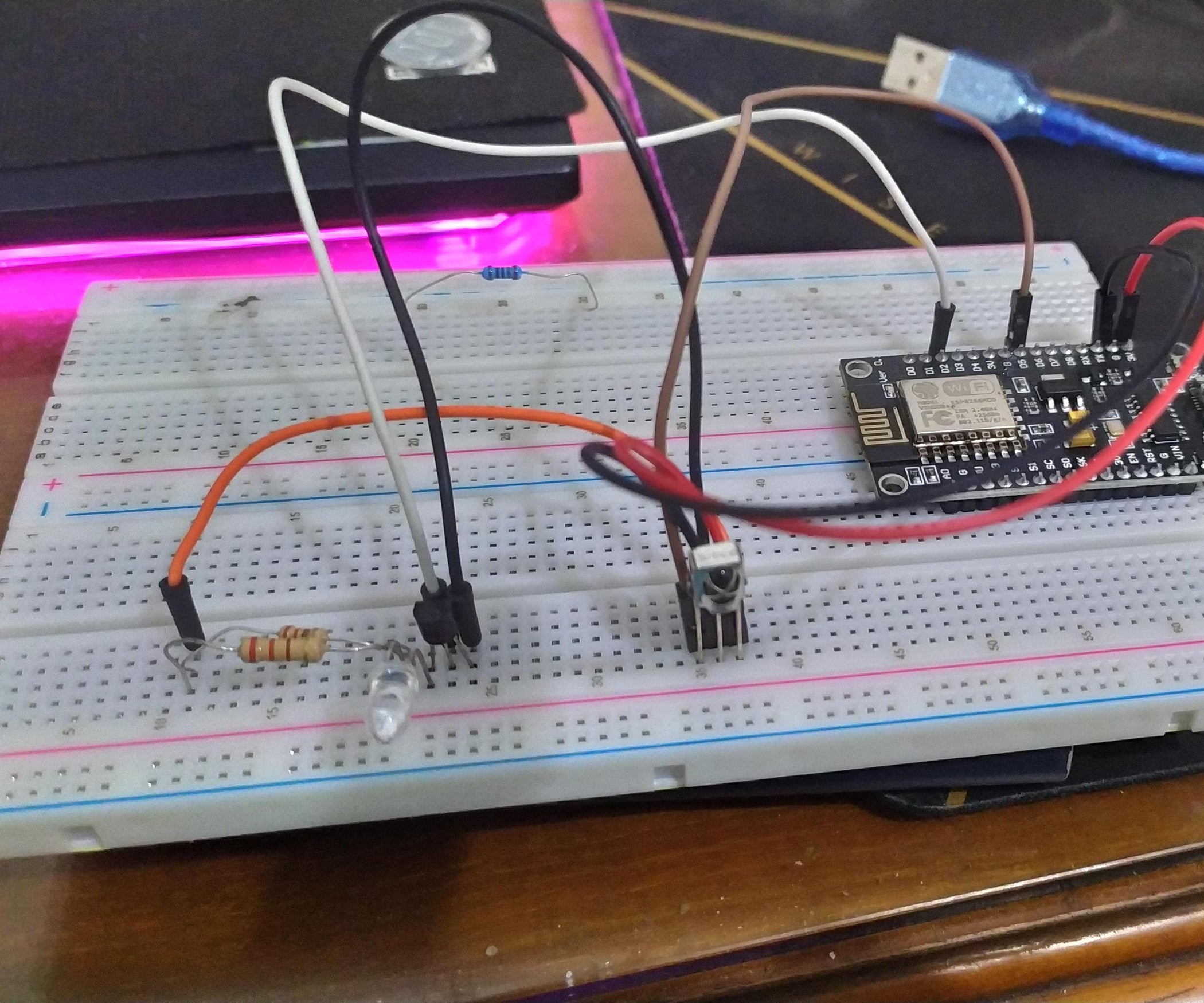Imagine this—you’re sitting in your cozy living room, sipping on your favorite drink, and suddenly you need to check something on your IoT device that’s miles away. Sounds frustrating, right? But what if I told you there’s a way to access your IoT devices remotely without spending a dime? That’s where accessing IoT SSH free comes into play. Whether you’re a tech enthusiast, a hobbyist, or just someone looking to save some bucks, this guide will walk you through everything you need to know about accessing IoT devices securely over SSH for free.
In today’s hyper-connected world, IoT (Internet of Things) devices are everywhere—from smart homes to industrial setups. But managing these devices remotely can be a real pain, especially if you don’t have the right tools. Lucky for you, SSH (Secure Shell) is here to save the day. It’s like the Swiss Army knife of remote access tools, and the best part? You can use it without breaking the bank.
Now, before we dive deep into the nitty-gritty of accessing IoT devices via SSH for free, let’s clear the air. This isn’t some shady workaround or a hack that might get you in trouble. Instead, it’s a legitimate way to connect to your IoT devices remotely while keeping your data secure. So, buckle up because we’re about to embark on an exciting journey into the world of IoT and SSH.
- Noarmsgirl Leak The Untold Story Behind The Viral Sensation
- Mkvmoviespoint All Movies Your Ultimate Destination For Film Buffs
What is SSH and Why Should You Care?
Understanding SSH: The Backbone of Secure Remote Access
SSH, or Secure Shell, is like the secret handshake of the tech world. It’s a protocol that lets you remotely control and manage devices over a network securely. Think of it as a secure tunnel that protects your data from prying eyes while you’re accessing your IoT devices from afar. Without SSH, your data would be like a naked chicken walking around in a fox-infested forest—not a great idea, right?
Here’s why SSH should matter to you:
- It’s secure: SSH encrypts all your data, making it almost impossible for hackers to intercept.
- It’s versatile: You can use SSH to manage anything from servers to IoT devices.
- It’s free: Yes, you heard that right. There are plenty of free SSH clients and servers out there that you can use without spending a cent.
SSH in the Context of IoT: A Perfect Match
IoT devices are cool and all, but they come with their own set of challenges. Security is one of the biggest concerns when it comes to IoT. That’s where SSH steps in. By using SSH, you can ensure that your IoT devices are as secure as Fort Knox. Plus, it’s super easy to set up, even for someone who’s not a tech wizard.
- Odia Viral Video Link What You Need To Know About The Latest Trend
- Unlocking The Secrets Of Deai Mms A Modern Love Story In Your Pocket
Here are a few scenarios where SSH can be a lifesaver:
- Managing smart home devices from your office.
- Monitoring industrial equipment in real-time.
- Accessing remote servers for troubleshooting.
Why Access IoT SSH Free?
The Cost Factor: Saving Money Without Compromising Security
Let’s face it—money talks. And when it comes to managing IoT devices, the last thing you want is to spend a fortune on expensive software or services. That’s where accessing IoT SSH free comes in. By using free SSH tools, you can save a ton of money while still keeping your devices secure.
Here’s how accessing IoT SSH free can benefit you:
- Zero cost: No need to shell out money for expensive licenses or subscriptions.
- Flexibility: You can choose from a wide range of free SSH tools that suit your needs.
- Community support: Many free SSH tools have active communities where you can get help and advice.
Security Without Compromise: Free Doesn’t Mean Weak
Just because something is free doesn’t mean it’s weak. In fact, many free SSH tools are just as secure, if not more, than their paid counterparts. This is because they’re often developed by open-source communities that are passionate about security and privacy.
Here are some of the most popular free SSH tools you can use:
- OpenSSH: A widely-used SSH server and client that’s free and open-source.
- Putty: A popular SSH client for Windows that’s free to download and use.
- SSH.NET: A .NET library for implementing SSH functionality in your applications.
Setting Up SSH for IoT Devices: Step-by-Step Guide
Step 1: Choose the Right SSH Tool
The first step in accessing IoT SSH free is choosing the right tool. As mentioned earlier, there are plenty of free SSH tools out there, so it’s important to choose one that suits your needs. For example, if you’re using a Linux-based IoT device, OpenSSH is a great choice. On the other hand, if you’re on Windows, Putty is a solid option.
Step 2: Install the SSH Server on Your IoT Device
Once you’ve chosen your SSH tool, the next step is to install the SSH server on your IoT device. This is where the magic happens because the SSH server is what allows you to connect to your device remotely. The installation process varies depending on the tool you’re using, but it’s generally pretty straightforward.
Step 3: Configure the SSH Server
After installing the SSH server, you’ll need to configure it to suit your needs. This involves setting up things like port numbers, authentication methods, and security settings. Don’t worry if this sounds complicated—it’s actually quite simple once you get the hang of it.
Step 4: Connect to Your IoT Device
Now comes the fun part—connecting to your IoT device. All you need to do is open your SSH client, enter the IP address of your IoT device, and voila! You’re in. It’s like unlocking a secret door to your device’s inner workings.
Best Practices for Secure IoT SSH Access
Use Strong Passwords
One of the easiest ways to secure your IoT SSH access is by using strong passwords. This means avoiding common passwords like "123456" or "password" and opting for something more complex. A good password should be at least 12 characters long and include a mix of uppercase and lowercase letters, numbers, and symbols.
Enable Two-Factor Authentication
Two-factor authentication (2FA) adds an extra layer of security to your SSH access. It works by requiring you to provide two forms of identification before you can log in. This could be something you know (like a password) and something you have (like a one-time code sent to your phone).
Regularly Update Your SSH Tools
Keeping your SSH tools up to date is crucial for maintaining security. New vulnerabilities are discovered all the time, and updates often include patches to fix these issues. So, make sure to check for updates regularly and install them as soon as they’re available.
Common Challenges and How to Overcome Them
Firewall Issues
One of the most common challenges when accessing IoT SSH free is dealing with firewall issues. Firewalls are designed to block unauthorized access, which can sometimes prevent you from connecting to your IoT device. The solution? Make sure to configure your firewall to allow SSH traffic on the appropriate port (usually port 22).
Network Connectivity Problems
Another challenge you might face is network connectivity problems. If you’re unable to connect to your IoT device, it could be due to issues with your network. Try restarting your router or switching to a different network to see if that resolves the problem.
Device Compatibility Issues
Not all IoT devices are created equal, and some may not support SSH out of the box. In such cases, you might need to look for alternative solutions or consider upgrading your device. It’s always a good idea to check the specifications of your device before attempting to set up SSH.
Real-World Applications of IoT SSH Access
Smart Home Automation
One of the most popular applications of IoT SSH access is smart home automation. By using SSH, you can remotely control and monitor your smart home devices, such as lights, thermostats, and security cameras. This not only makes your life more convenient but also helps you save energy and money.
Industrial IoT
In the industrial sector, IoT SSH access is used to monitor and manage equipment in real-time. This allows engineers and technicians to quickly identify and resolve issues before they become major problems. It also enables remote troubleshooting, which can save companies a lot of time and money.
Remote Server Management
For businesses and individuals who rely on remote servers, SSH is an indispensable tool. It allows you to securely access and manage your servers from anywhere in the world. Whether you’re troubleshooting a problem or deploying new software, SSH makes it all possible.
Future Trends in IoT SSH Access
Quantum Computing and SSH
As quantum computing continues to evolve, it’s likely to have a significant impact on SSH and other encryption technologies. While this might sound like something out of a sci-fi movie, it’s actually a real concern. Researchers are already working on developing quantum-resistant algorithms to ensure that SSH remains secure in the future.
AI and Machine Learning
AI and machine learning are also starting to play a role in IoT SSH access. These technologies can be used to detect and prevent security threats in real-time, making SSH even more secure. They can also help automate routine tasks, freeing up time for more important things.
Conclusion
In conclusion, accessing IoT SSH free is a great way to manage your IoT devices securely and efficiently without breaking the bank. By following the steps outlined in this guide, you can set up SSH on your IoT devices and start enjoying the benefits of remote access. Remember to always follow best practices for security and keep your SSH tools up to date.
So, what are you waiting for? Dive into the world of IoT SSH access and take control of your devices like never before. And don’t forget to share this article with your friends and colleagues so they can benefit from it too. Who knows? You might just save them a ton of money and headaches in the process.
Table of Contents


